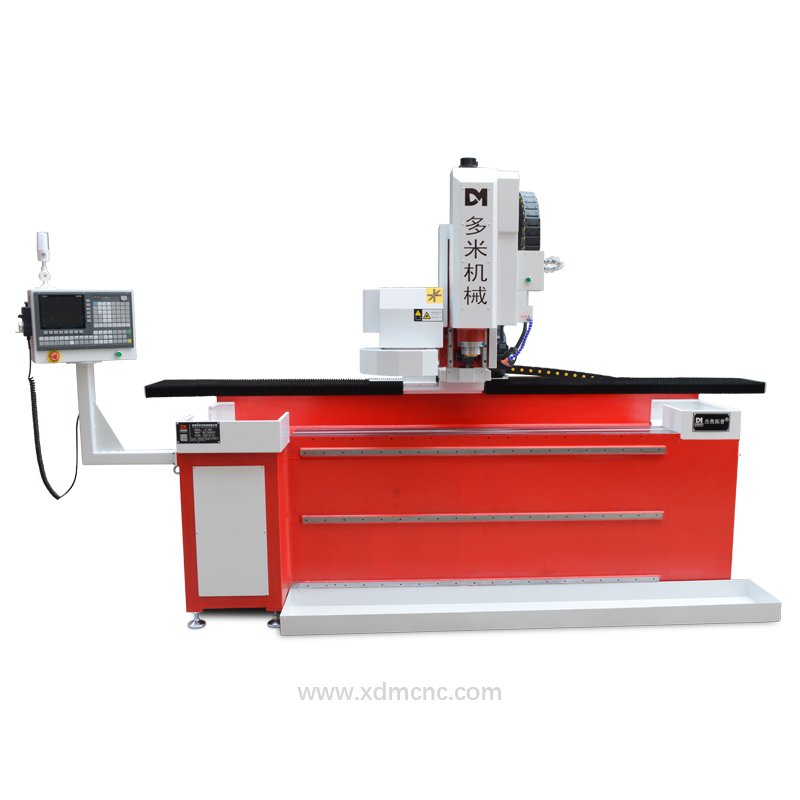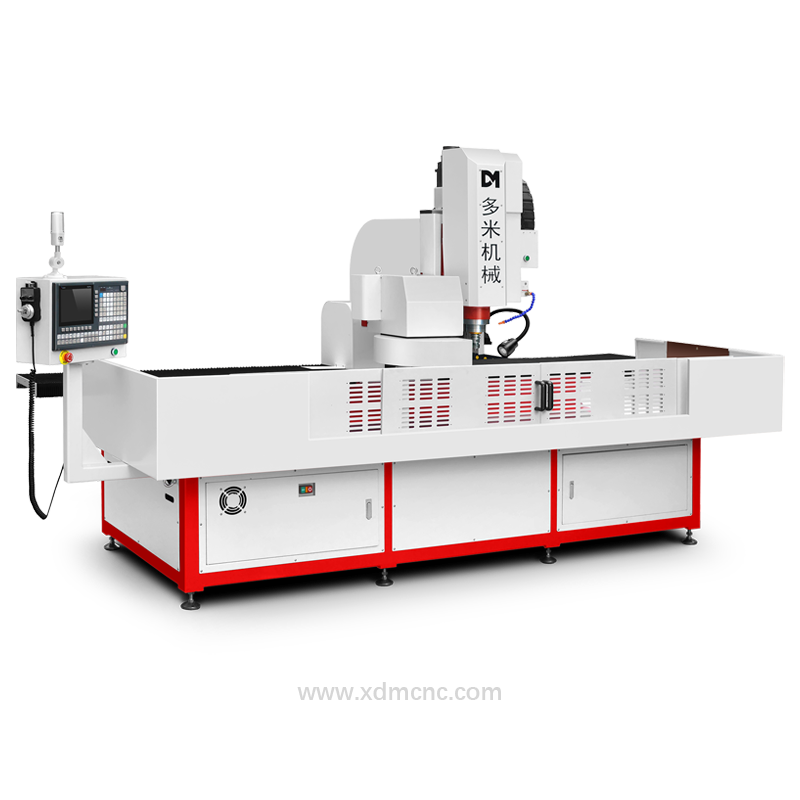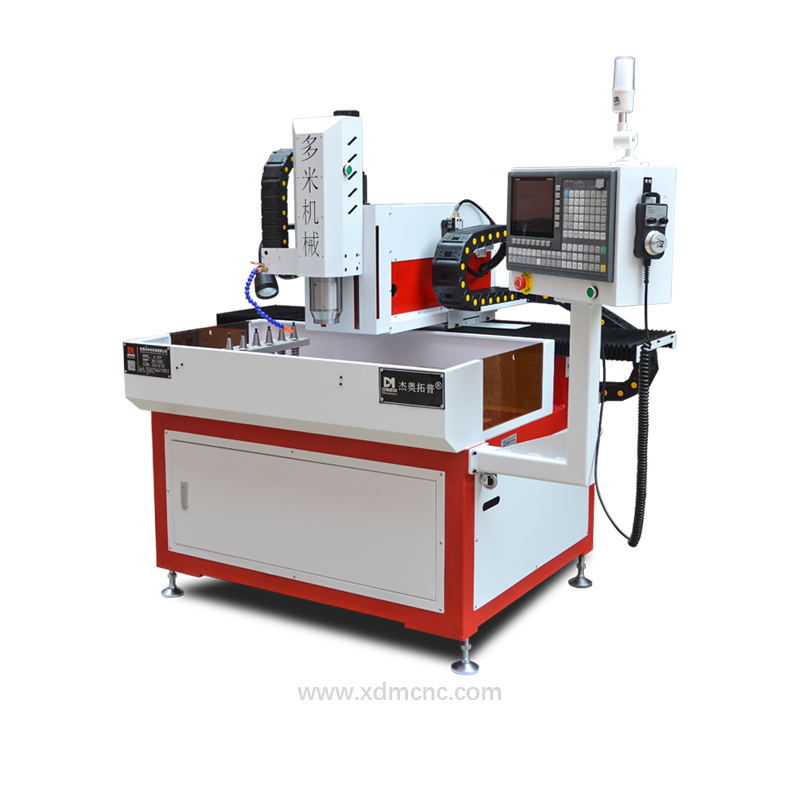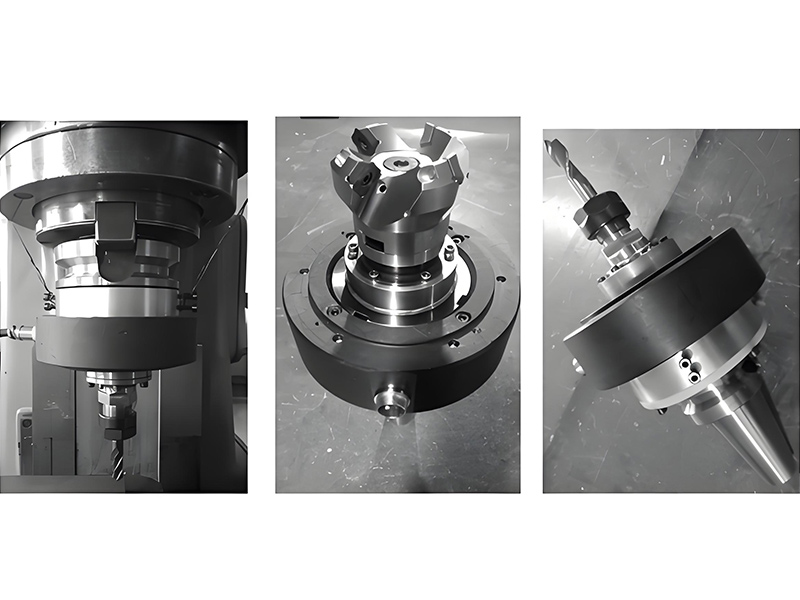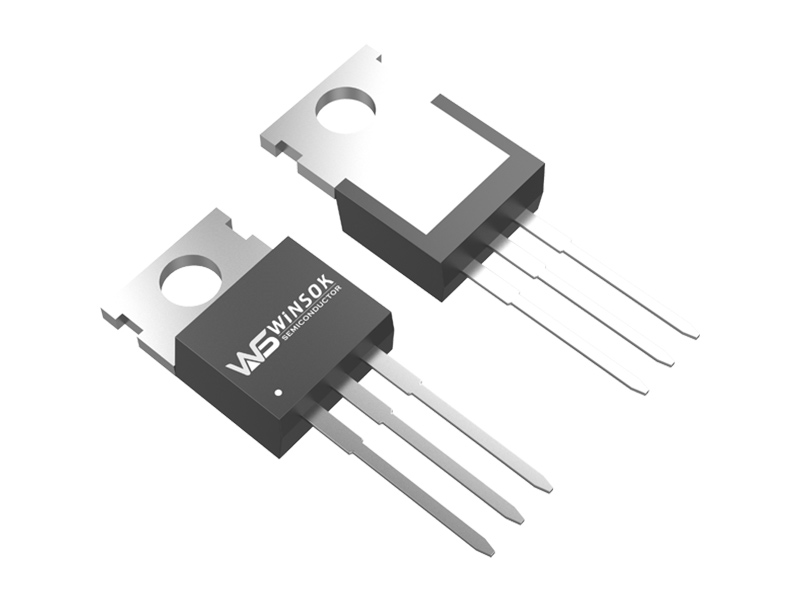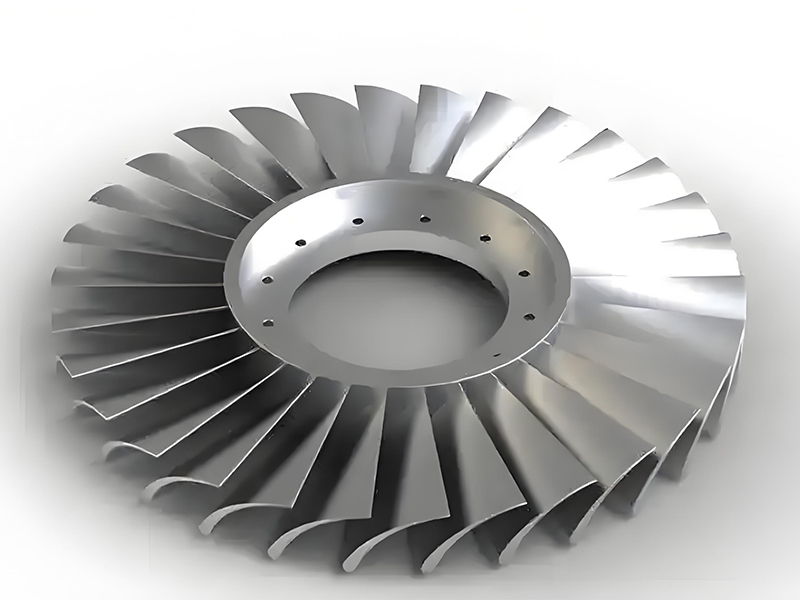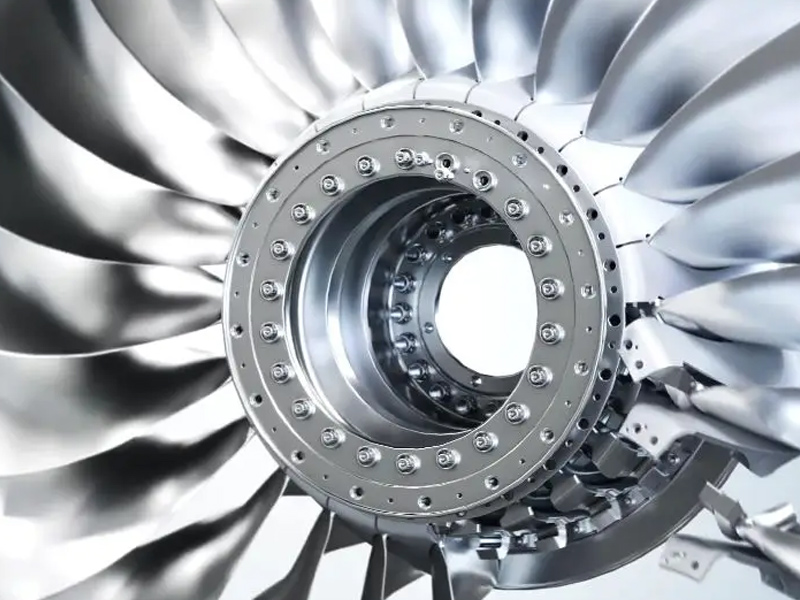CNC drilling technology plays a crucial role in the manufacturing and maintenance of aerospace engine blades, particularly in the context of turbine blades, which are exposed to extreme temperatures and stresses. The high precision required in the aerospace industry, especially for cooling holes in turbine blades, makes CNC drilling the ideal technology for this application.
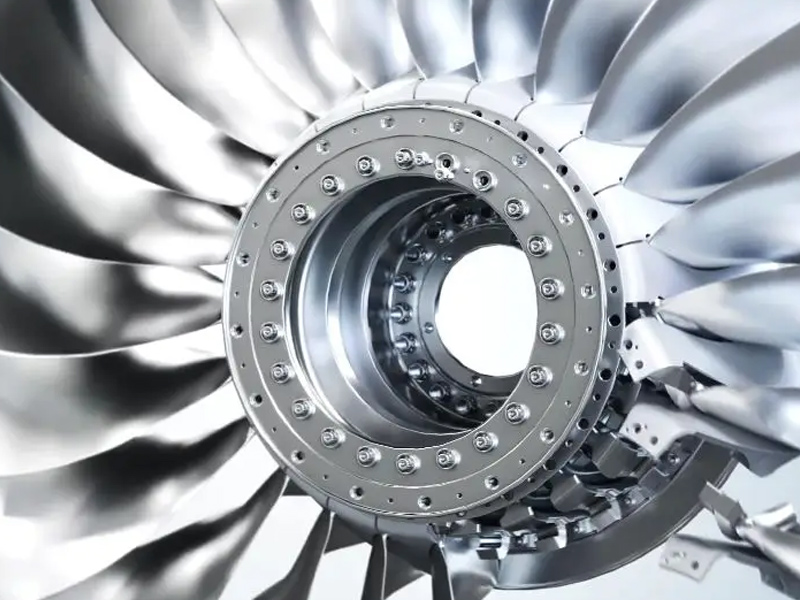
DUOMI CNC Intelligent Manufacturing Solutions for Aerospace Engine
Key Considerations in CNC Drilling for Engine Blades:
Cooling Hole Design and Function
One of the most critical aspects of turbine blade performance in aerospace engines is effective cooling. Turbine blades operate in environments with temperatures of 1400°C or higher, which requires efficient cooling to prevent overheating and maintain material integrity.
Micro Holes for Cooling: The cooling holes in turbine blades, typically ranging in diameter from 100 to 700 microns, are designed to direct coolant air onto the surface of the blade to reduce its temperature. These holes are often angled and can be complex in shape (e.g., fan-shaped or rectangular) to maximize cooling efficiency.
Precise Drilling: CNC drilling is used to create these intricate holes with exceptional precision. This method ensures that the holes are placed exactly where needed, with the correct angles and sizes, to optimize the cooling process.
High Temperature and Material Requirements
The materials used for turbine blades, such as high-temperature alloys and ceramic-coated blades, require special considerations in terms of drilling techniques:
Material Compatibility: CNC drilling technology is particularly advantageous for materials with high hardness and heat resistance. Unlike traditional methods like electrical discharge machining (EDM), CNC drilling can process materials like single-crystal superalloys and thermal barrier coatings (TBC) without the need for electrical discharges, which can be inefficient for these hard, heat-resistant materials.
No Mechanical Deformation: The CNC drilling process minimizes mechanical deformation, which is critical when working with high-performance materials that cannot tolerate even slight changes in shape. This is especially important for the precise fit and alignment of the cooling holes.
Advantages of CNC Drilling for Aerospace Engine Blades:
High Precision: CNC drilling machines can achieve extremely precise hole sizes and positioning, crucial for the high-performance demands of aerospace engine components.
Customization of Hole Shape: CNC drilling allows for the customization of hole shapes, such as fan-shaped or angled holes, which are needed for effective cooling. This is a significant advantage over traditional methods.
Non-contact and No Tool Wear: Unlike EDM, CNC drilling is a non-contact process, which eliminates the risk of tool wear during the drilling process, ensuring long-term stability and reducing maintenance requirements for the drilling system.
High Efficiency: CNC drilling offers a higher production speed compared to EDM methods, making it more suitable for mass production of turbine blades, where consistency and high throughput are essential.
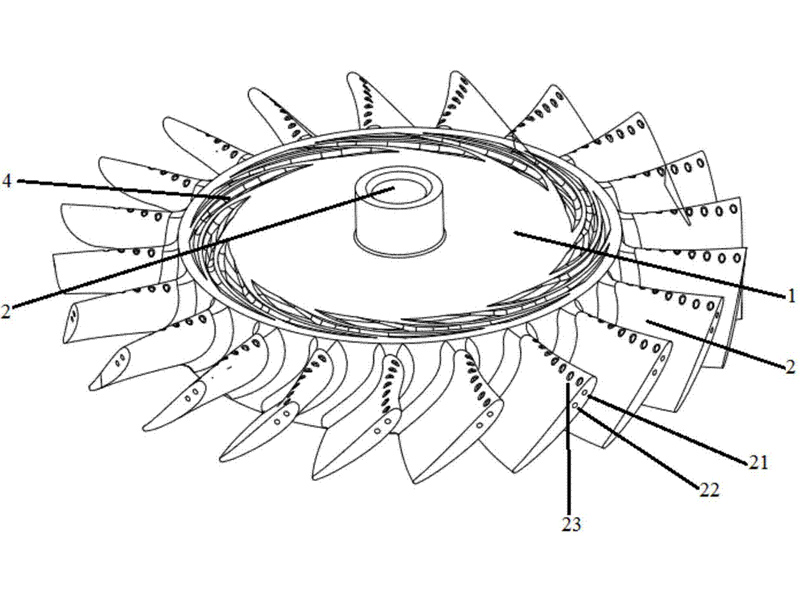
DUOMI CNC Intelligent Manufacturing Solutions for Aerospace Engine
Advanced Techniques and Innovations:
Spiral Drilling: An advanced technique that allows for the creation of spirally-shaped holes, which is particularly beneficial for cooling blades where airflow needs to be evenly distributed across the blade surface.
Automation and Integration: CNC drilling systems can be integrated into fully automated manufacturing lines, improving efficiency, reducing human error, and enabling high-volume production with consistent quality.
Micro-Drilling: CNC micro-drilling capabilities allow for the creation of holes as small as 50 microns in diameter, which are essential for advanced cooling designs in aerospace turbine blades.
Conclusion
CNC drilling has become an essential technology for manufacturing and enhancing the performance of aerospace engine blades, particularly for creating precise cooling holes in high-performance materials. The ability to process complex shapes, maintain high precision, and ensure that the material integrity is preserved makes CNC drilling a superior choice for aerospace applications. With continuous advancements, CNC drilling will continue to be a key technology in the development of next-generation turbine blades and other critical aerospace components.




